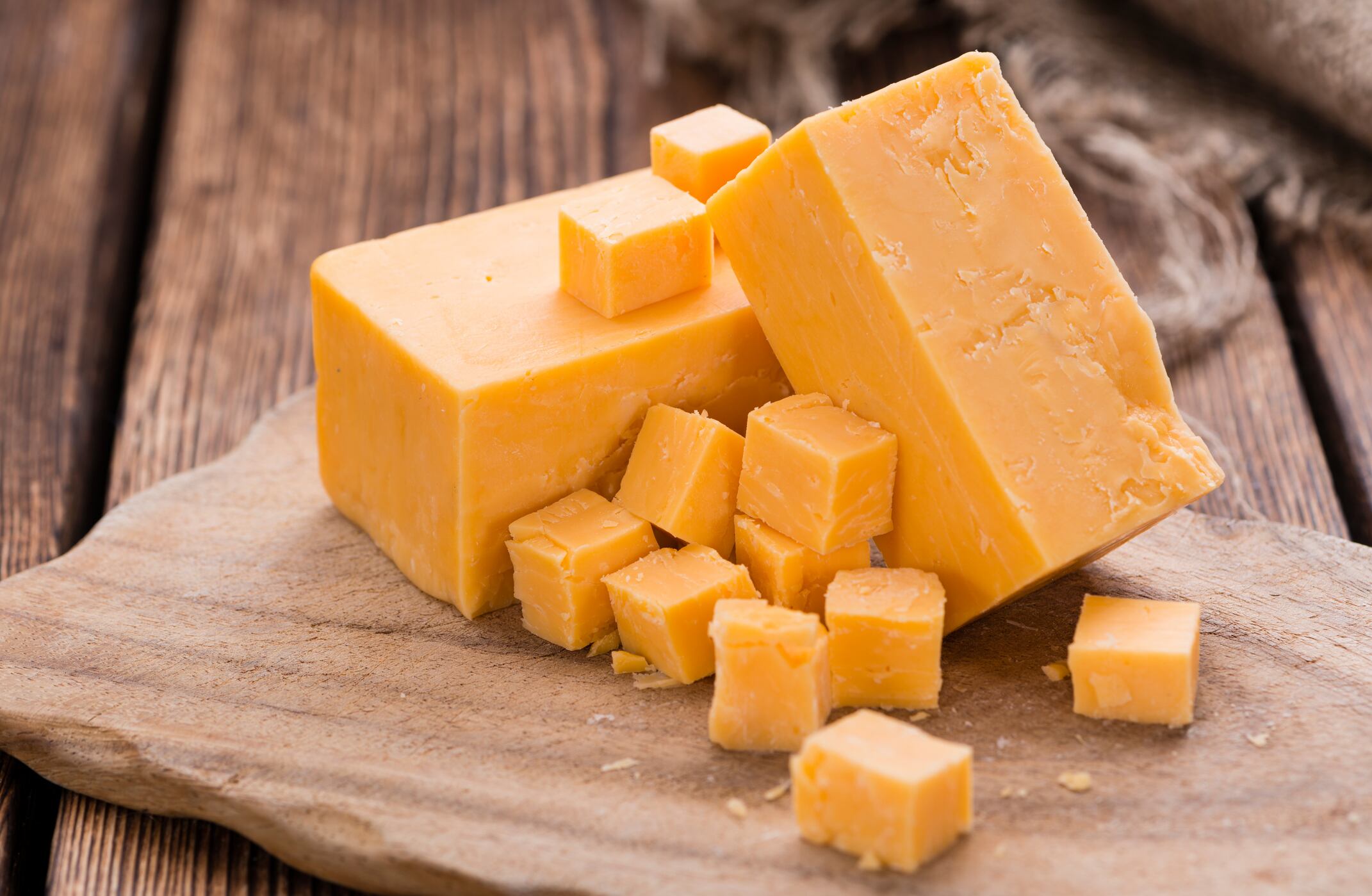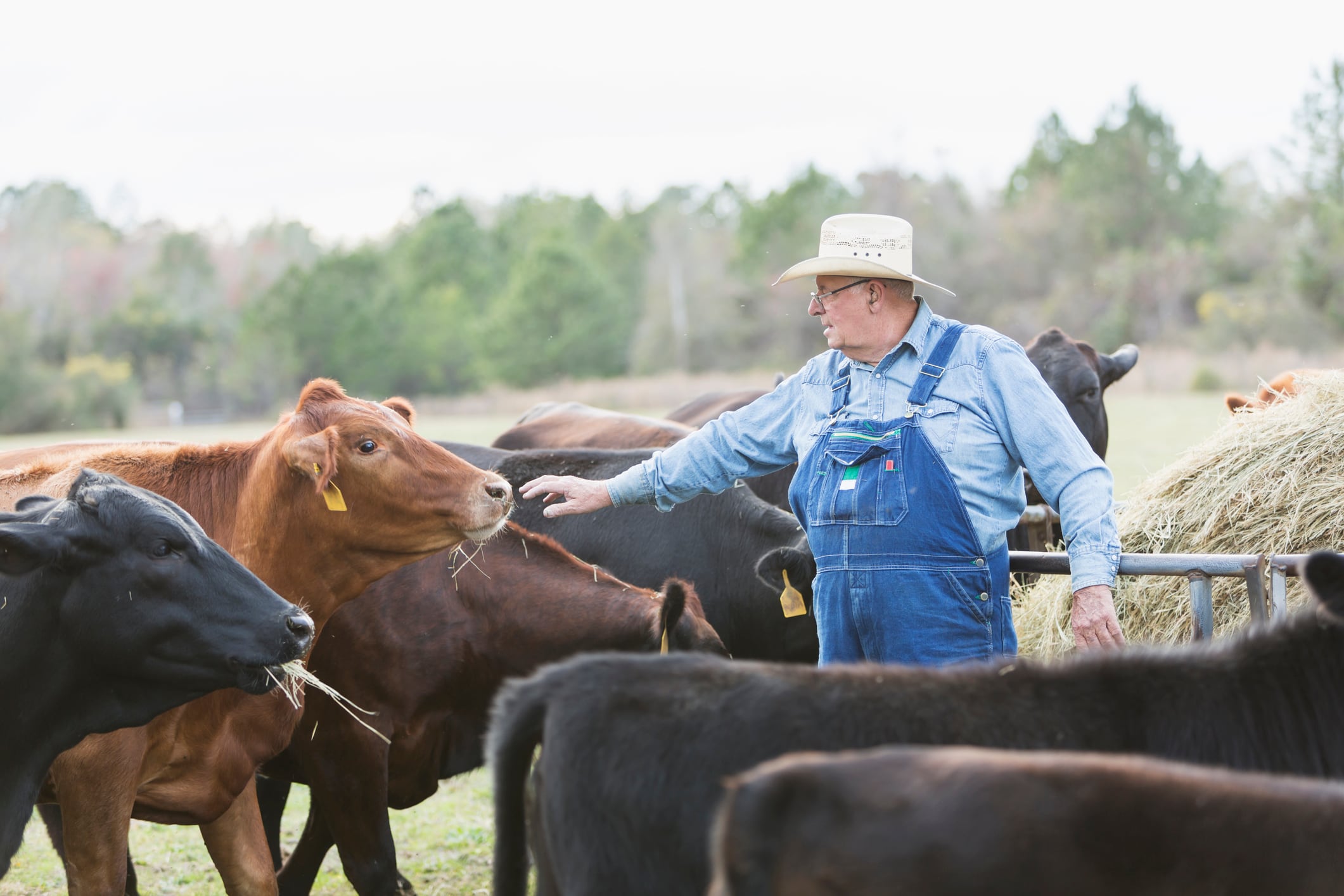Dairy has long been a point of contention in the US-Canada relations – but can the second Trump administration really carve out a bigger share of Canada’s $17bn dairy market for US producers?
Canada is the second largest market for US dairy, with more than $1.1bn worth of product shipped there in 2024 alone, particularly butter, cream and higher-value products. In the same year, Canada exported around $250m (CAD $357.9m) of dairy goods to the US.
This leaves the US with a trade surplus over its northern neighbor – but for the US dairy industry, that doesn’t matter much.
What matters is Canada’s supply management system, designed to ensure Canada’s dairy industry remains profitable and doesn’t face adverse pricing pressures from foreign competitors.
At the heart of the policy is a tariff rate quota (TRQ) system which grants importers tariff-free access up to a particular amount of product; with prohibitively high tariffs - of up to 300% - kicking in if the volume is exceeded.
And if this sounds restrictive, access to Canada’s $17bn dairy market used to be off-limits under NAFTA trade deal. Only under the USMCA deal did US dairy secure access to 3.5% of the Canadian dairy market.
Even then, tensions continued to flare up between the two nations after it emerged that Canada’s dairy quota administration policy would reserve the vast majority of TRQs for domestic processors.
A dispute settlement panel found that Canada’s system ‘does not pass muster under the [USMCA]’ and meant that Canada had to revise its TRQ policy.
Under the updated quota regime, US-Canada dairy trade has increased, with additional $12m (± 8 million) generated per month according to Cornell University research. According to the paper, the implementation of USMCA dairy quotas increased trade volumes for milk and cream, with milk and butter experiencing additional increase.
The TRQ policy revision also saw the unit trade values for fluid milk and butter entering the Canadian market from the US increased by 81 ± 41% and 81 ± 57%, respectively, the research states (see ‘sources’ below for more information).
What’s a TRQ?
A TRQ is a quota that establishes a limit on the quantity of a product that may be imported at a lower (within access) rate of duty, but places no limit on the amount of product that may be imported at a higher (over access) rate of duty.
Most TRQs are administered through an allocation system, with producers requiring a permit to import a product subject to a TRQ.Source: Government of Canada
But US dairy has long wanted more – with the IDFA stating that additional protectionist policies in Canada mean some US producers can never max-out their quotas in the first place.
Having secured important concessions from Canada over its dairy market before, the Trump administration may feel it’s the right time to squeeze even more out of its northern neighbor.
But one major political event could hamper this.
Specifically, Canada’s upcoming general election on April 28 could give the country’s influential dairy industry the upper hand when it comes to negotiating which sectors to offer up concessions to the US.
According to the C. D. Howe Institute, there are rural ridings that can be won or lost by the farm vote in parts of Quebec, Eastern Ontario and the Maritimes.
And just as the supply management system protects local milk producers from the impacts of foreign competition, it is an important economic lever domestically.
This is because dairy supply in Canada is controlled through milk quotas, with commercial farms required to purchase quotas in order to be in business. Quota sales are negotiated in terms of daily kilograms of butterfat produced rather than litres of milk and can cost upward of $30,000 per cow, or around $3m for a 100-head herd.
Quebec and Ontario are the largest milk-producing provinces, with Quebec the main one with around 4,422 farms (out of a pool of 9,400 nationally) supplying more than a third of Canada’s dairy.
Pascal Theriault, an agricultural economist at McGill University, estimates that the supply management system contributes about CA$6 billion to Quebec’s GDP and supports around 80,000 jobs.
Meanwhile, Dairy Farmers of Canada (DFC) is one of the most profitable industry groups, with federal lobbyist register data revealing hundreds of meetings between DFC representatives and public office holders, including the Prime Minister’s Office.
And that’s before Bill C-282, a piece of legislation currently passing through the Canadian Senate, is considered. The Bill is designed to prevent ministers in charge of foreign affairs and trade from increasing the tariff rate quota for dairy, eggs and poultry, or to reduce import tariffs applicable to these products.
“Essentially, it absolutely prohibits anyone from tampering with this policy in future international trade negotiations,” explained senator Amina Gerba, a sponsor of the Bill.
“Simply put, the bill takes supply management off the table in any future negotiations. It explicitly requires the Minister for International Trade to strictly enforce this policy.
“This means that, once the bill passes, this policy will be fully protected once and for all – Canadian consumers will be guaranteed high-quality supply and domestic agricultural producers will receive a fair price for their work and what they produce."
In all events, it is highly unlikely that Canadian politicians would risk jeopardizing their ties with the Canadian dairy industry in an election year – with clear signs that the country’s political class is still committed to protecting domestic agrifood producers through policy interventions with wide-reaching effects when it comes to foreign trade.
Source:
Trade protection via tariff rate quota administration
K. Aleks Schaefer, Christopher A. Wolf
Food Policy, Volume 131, 2025, 102801, ISSN 0306-9192
DOI: 10.1016/j.foodpol.2025.102801



